Image may differ from product. See technical specification for details.
Search for the bearing model you need
Standard
GB,ASTM/AISI,ГОСТ,BS,JIS,NF,DIN / VDEh
Material
52100/100Cr6/SUJ2/Stainless Steel
Brand
QIBR/OEM/Neutral
Package
QIBR/Standard Industrial Package/OEM
Inner diameter (d)
15~320mm
Outer diameter (D)
20~350mm
Applications
Mainly used in oil drilling rigs, iron and steel machinery
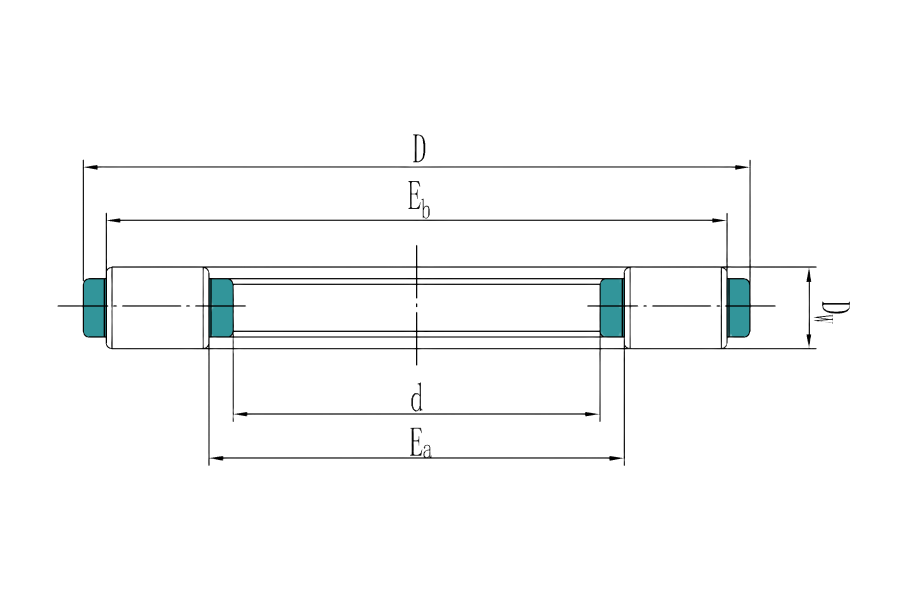
| NO. | Product | Product Number | Basic dynamic load rating | Basic static load rating | Bore | Limiting speed | Mass | Outer diameter (D) |
|---|---|---|---|---|---|---|---|---|
| 1 |

|
81102 | 11.2 KN | 27 KN | 15 mm | 7000 rpm | 0.024 kg | 28 mm |
| 2 |
|
81102 TN | 11.2 KN | 27 KN | 15 mm | 8500 rpm | 0.024 kg | 28 mm |
| 3 |

|
81102M | 11.2 KN | 27 KN | 15 mm | 6300 rpm | 0.024 kg | 28 mm |
| 4 |

|
81102M/P5 | 11.2 KN | 27 KN | 15 mm | 10200 rpm | 0.024 kg | 28 mm |
| 5 |

|
81103 | 12.2 KN | 31.5 KN | 17 mm | 7600 rpm | 0.027 kg | 30 mm |
| 6 |

|
81103 M | 12.2 KN | 31.5 KN | 17 mm | 7600 rpm | 0.027 kg | 30 mm |
| 7 |
|
81103 TN | 12.2 KN | 31.5 KN | 17 mm | 8500 rpm | 0.027 kg | 30 mm |
| 8 |

|
81104 | 18.6 KN | 48 KN | 20 mm | 6700 rpm | 0.037 kg | 35 mm |
| 9 |

|
81104 M | 18.6 KN | 48 KN | 20 mm | 7000 rpm | 0.037 kg | 35 mm |
| 10 |
|
81104 TN | 18.6 KN | 48 KN | 20 mm | 7500 rpm | 0.037 kg | 35 mm |
| 11 |

|
81104M/P5 | 18.6 KN | 48 KN | 20 mm | 8500 rpm | 0.037 kg | 35 mm |
| 12 |

|
81105 | 25 KN | 69.5 KN | 25 mm | 5000 rpm | 0.053 kg | 42 mm |
| 13 |

|
81105 M | 25 KN | 69.5 KN | 25 mm | 5600 rpm | 0.053 kg | 42 mm |
| 14 |
|
81105 TN | 25 KN | 69.5 KN | 25 mm | 6300 rpm | 0.053 kg | 42 mm |
| 15 |

|
81105M/P5 | 25 KN | 69.5 KN | 25 mm | 6900 rpm | 0.053 kg | 42 mm |
| 16 |

|
81106 | 27 KN | 78 KN | 30 mm | 4800 rpm | 0.057 kg | 47 mm |
| 17 |

|
81106 M | 27 KN | 78 KN | 30 mm | 5400 rpm | 0.057 kg | 47 mm |
| 18 |
|
81106 TN | 27 KN | 78 KN | 30 mm | 6000 rpm | 0.057 kg | 47 mm |
| 19 |

|
81106M/P5 | 27 KN | 78 KN | 30 mm | 6600 rpm | 0.057 kg | 47 mm |
| 20 |

|
81206 | 50 KN | 134 KN | 30 mm | 3800 rpm | 0.12 kg | 52 mm |
| 21 |

|
81206 M | 50 KN | 134 KN | 30 mm | 4300 rpm | 0.12 kg | 52 mm |
| 22 |
|
81206 TN | 50 KN | 134 KN | 30 mm | 4800 rpm | 0.12 kg | 52 mm |
| 23 |

|
81206M/P5 | 50 KN | 134 KN | 30 mm | 5200 rpm | 0.12 kg | 52 mm |
| 24 |

|
81107 | 29 KN | 93 KN | 35 mm | 4400 rpm | 0.073 kg | 52 mm |
| 25 |

|
81107 M | 29 KN | 93 KN | 35 mm | 5000 rpm | 0.073 kg | 52 mm |
| 26 |
|
81107 TN | 29 KN | 93 KN | 35 mm | 5600 rpm | 0.073 kg | 52 mm |
| 27 |

|
81107M/P5 | 29 KN | 93 KN | 35 mm | 6100 rpm | 0.073 kg | 52 mm |
| 28 |

|
81207 | 62 KN | 190 KN | 35 mm | 3200 rpm | 0.21 kg | 62 mm |
| 29 |

|
81207 M | 62 KN | 190 KN | 35 mm | 3600 rpm | 0.21 kg | 62 mm |
| 30 |
|
81207 TN | 62 KN | 190 KN | 35 mm | 4000 rpm | 0.21 kg | 62 mm |
| 31 |

|
81207M/P5 | 62 KN | 190 KN | 35 mm | 4400 rpm | 0.21 kg | 62 mm |
| 32 |

|
81108 | 43 KN | 137 KN | 40 mm | 4000 rpm | 0.11 kg | 60 mm |
| 33 |

|
81108 M | 43 KN | 137 KN | 40 mm | 4500 rpm | 0.11 kg | 60 mm |
| 34 |
|
81108 TN | 43 KN | 137 KN | 40 mm | 5000 rpm | 0.11 kg | 60 mm |
| 35 |

|
81108M/P5 | 43 KN | 137 KN | 40 mm | 5500 rpm | 0.11 kg | 60 mm |
| 36 |

|
81208 | 83 KN | 255 KN | 40 mm | 3000 rpm | 0.25 kg | 68 mm |
| 37 |

|
81208 M | 83 KN | 255 KN | 40 mm | 3400 rpm | 0.25 kg | 68 mm |
| 38 |
|
81208 TN | 83 KN | 255 KN | 40 mm | 3800 rpm | 0.25 kg | 68 mm |
| 39 |

|
81208M/P5 | 83 KN | 255 KN | 40 mm | 4100 rpm | 0.25 kg | 68 mm |
| 40 |

|
89308 | 95 KN | 365 KN | 40 mm | 3200 rpm | 0.48 kg | 78 mm |
| 41 |

|
89308 M | 95 KN | 365 KN | 40 mm | 3200 rpm | 0.48 kg | 78 mm |
| 42 |
|
89308 TN | 95 KN | 365 KN | 40 mm | 4000 rpm | 0.48 kg | 78 mm |
| 43 |

|
89308M/P5 | 95 KN | 365 KN | 40 mm | 4400 rpm | 0.48 kg | 78 mm |
| 44 |

|
81109 | 45 KN | 153 KN | 45 mm | 3600 rpm | 0.13 kg | 65 mm |
| 45 |

|
81109 M | 45 KN | 153 KN | 45 mm | 4000 rpm | 0.13 kg | 65 mm |
| 46 |
|
81109 TN | 45 KN | 153 KN | 45 mm | 4500 rpm | 0.13 kg | 65 mm |
| 47 |

|
81109M/P5 | 45 KN | 153 KN | 45 mm | 4900 rpm | 0.13 kg | 65 mm |
| 48 |

|
81209 | 83 KN | 255 KN | 45 mm | 2800 rpm | 0.29 kg | 73 mm |
| 49 |

|
81209 M | 83 KN | 255 KN | 45 mm | 3200 rpm | 0.29 kg | 73 mm |
| 50 |
|
81209 TN | 83 KN | 255 KN | 45 mm | 3600 rpm | 0.29 kg | 73 mm |
| 51 |

|
81209M/P5 | 83 KN | 255 KN | 45 mm | 3900 rpm | 0.29 kg | 73 mm |
| 52 |

|
81110 | 47.5 KN | 166 KN | 50 mm | 3400 rpm | 0.14 kg | 70 mm |
| 53 |

|
81110 M | 47.5 KN | 166 KN | 50 mm | 3800 rpm | 0.14 kg | 70 mm |
| 54 |
|
81110 TN | 47.5 KN | 166 KN | 50 mm | 4300 rpm | 0.14 kg | 70 mm |
| 55 |

|
81110M/P5 | 47.5 KN | 166 KN | 50 mm | 4700 rpm | 0.14 kg | 70 mm |
| 56 |

|
81210 | 91.5 KN | 300 KN | 50 mm | 2700 rpm | 0.36 kg | 78 mm |
| 57 |

|
81210 M | 91.5 KN | 300 KN | 50 mm | 3000 rpm | 0.36 kg | 78 mm |
| 58 |
|
81210 TN | 91.5 KN | 300 KN | 50 mm | 3400 rpm | 0.36 kg | 78 mm |
| 59 |

|
81210M/P5 | 91.5 KN | 300 KN | 50 mm | 3700 rpm | 0.36 kg | 78 mm |
| 60 |

|
81111 | 69.5 KN | 285 KN | 55 mm | 3000 rpm | 0.23 kg | 78 mm |
| 61 |

|
81111 M | 69.5 KN | 285 KN | 55 mm | 3400 rpm | 0.23 kg | 78 mm |
| 62 |
|
81111 TN | 69.5 KN | 285 KN | 55 mm | 3800 rpm | 0.23 kg | 78 mm |
| 63 |

|
81111M/P5 | 69.5 KN | 285 KN | 55 mm | 4100 rpm | 0.23 kg | 78 mm |
| 64 |

|
81211 | 122 KN | 390 KN | 55 mm | 2200 rpm | 0.57 kg | 90 mm |
| 65 |

|
81211 M | 122 KN | 390 KN | 55 mm | 2500 rpm | 0.57 kg | 90 mm |
| 66 |
|
81211 TN | 122 KN | 390 KN | 55 mm | 2800 rpm | 0.57 kg | 90 mm |
| 67 |

|
81211M/P5 | 122 KN | 390 KN | 55 mm | 3000 rpm | 0.57 kg | 90 mm |
| 68 |

|
81112 | 80 KN | 300 KN | 60 mm | 3800 rpm | 0.27 kg | 85 mm |
| 69 |

|
81112 M | 80 KN | 300 KN | 60 mm | 3200 rpm | 0.27 kg | 85 mm |
| 70 |
|
81112 TN | 80 KN | 300 KN | 60 mm | 3600 rpm | 0.27 kg | 85 mm |
| 71 |

|
81112M/P5 | 80 KN | 300 KN | 60 mm | 3900 rpm | 0.27 kg | 85 mm |
| 72 |

|
81212 | 137 KN | 465 KN | 60 mm | 2200 rpm | 0.65 kg | 95 mm |
| 73 |

|
81212 M | 137 KN | 465 KN | 60 mm | 2500 rpm | 0.65 kg | 95 mm |
| 74 |
|
81212 TN | 137 KN | 465 KN | 60 mm | 2800 rpm | 0.65 kg | 95 mm |
| 75 |

|
81212M/P5 | 137 KN | 465 KN | 60 mm | 3000 rpm | 0.65 kg | 95 mm |
| 76 |

|
89312 | 153 KN | 640 KN | 60 mm | 2200 rpm | 1.25 kg | 110 mm |
| 77 |

|
89312 M | 153 KN | 640 KN | 60 mm | 2500 rpm | 1.25 kg | 110 mm |
| 78 |
|
89312 TN | 153 KN | 640 KN | 60 mm | 2800 rpm | 1.25 kg | 110 mm |
| 79 |

|
89312M/P5 | 153 KN | 640 KN | 60 mm | 3000 rpm | 1.25 kg | 110 mm |
| 80 |

|
81113 | 83 KN | 320 KN | 65 mm | 2700 rpm | 0.31 kg | 90 mm |
| 81 |

|
81113 M | 83 KN | 320 KN | 65 mm | 3000 rpm | 0.31 kg | 90 mm |
| 82 |
|
81113 TN | 83 KN | 320 KN | 65 mm | 3400 rpm | 0.31 kg | 90 mm |
| 83 |

|
81113M/P5 | 83 KN | 320 KN | 65 mm | 3700 rpm | 0.31 kg | 90 mm |
| 84 |

|
81213 | 140 KN | 490 KN | 65 mm | 2600 rpm | 0.72 kg | 100 mm |
| 85 |

|
81213 M | 140 KN | 490 KN | 65 mm | 2600 rpm | 0.72 kg | 100 mm |
| 86 |
|
81213 TN | 140 KN | 490 KN | 65 mm | 2600 rpm | 0.72 kg | 100 mm |
| 87 |

|
81213M/P5 | 140 KN | 490 KN | 65 mm | 2600 rpm | 0.72 kg | 100 mm |
| 88 |

|
89313 | 153 KN | 640 KN | 65 mm | 2200 rpm | 1.35 kg | 115 mm |
| 89 |

|
89313 M | 153 KN | 640 KN | 65 mm | 2500 rpm | 1.35 kg | 115 mm |
| 90 |
|
89313 TN | 153 KN | 640 KN | 65 mm | 2800 rpm | 1.35 kg | 115 mm |
| 91 |

|
89313M/P5 | 153 KN | 640 KN | 65 mm | 3000 rpm | 1.35 kg | 115 mm |
| 92 |

|
81114 | 86.5 KN | 345 KN | 70 mm | 2700 rpm | 0.33 kg | 95 mm |
| 93 |

|
81114 M | 86.5 KN | 345 KN | 70 mm | 3000 rpm | 0.33 kg | 95 mm |
| 94 |
|
81114 TN | 86.5 KN | 345 KN | 70 mm | 3400 rpm | 0.33 kg | 95 mm |
| 95 |

|
81114M/P5 | 86.5 KN | 345 KN | 70 mm | 3700 rpm | 0.33 kg | 95 mm |
| 96 |

|
81214 | 146 KN | 530 KN | 70 mm | 2000 rpm | 0.77 kg | 105 mm |
| 97 |

|
81214 M | 146 KN | 530 KN | 70 mm | 2300 rpm | 0.77 kg | 105 mm |
| 98 |
|
81214 TN | 146 KN | 530 KN | 70 mm | 2600 rpm | 0.77 kg | 105 mm |
| 99 |

|
81214M/P5 | 146 KN | 530 KN | 70 mm | 2800 rpm | 0.77 kg | 105 mm |
| 100 |

|
89314 | 186 KN | 800 KN | 70 mm | 2000 rpm | 1.8 kg | 125 mm |
QIBR thrust cylindrical roller bearings solve several key problems in various fields, which are mainly reflected in the following aspects:
1. High load capacity
Thrust cylindrical roller bearings can withstand large axial loads. Due to the large contact area of the rollers, the bearings can share a larger axial force, especially suitable for high-load working environments.
2. High rigidity
Due to its structural characteristics and the design of the cylindrical rollers, thrust cylindrical roller bearings have high rigidity. It can effectively reduce axial deformation, provide more stable movement and higher load capacity, suitable for high-precision, high-load applications.
3. Good durability
This type of bearing has high durability because its rolling friction characteristics reduce wear on the contact surface. The roller design ensures uniform load distribution and extends the service life of the bearing.
4. Simple maintenance
Due to the simple structure and fewer moving parts of thrust cylindrical roller bearings, they are generally easy to maintain and inspect. Regular lubrication and inspection help to extend their service life.
QIBR thrust cylindrical roller bearing performance improvement and solutions
1. Improve material selection
High-performance materials: Use high-strength, high-wear-resistant materials to improve the durability of bearings.
High-temperature resistant materials: When working in a high-temperature environment, choosing high-temperature resistant materials can maintain the performance of the bearing and prevent material deformation or failure due to excessive temperature.
2. Optimize roller design
Optimize roller shape: By optimizing the geometry and size of the rollers, the bearing's load capacity and working performance can be improved.
Improve the uniformity of roller spacing: Improve the design of the cage to ensure that the rollers maintain a uniform spacing during operation, thereby improving the uniformity of the load distribution of the bearing and reducing local overload and wear.
Increase the number of rollers: Increasing the number of rollers inside the bearing can further improve the bearing's load capacity, especially for high-load bearing occasions.
3. Improve manufacturing accuracy
Higher bearing manufacturing accuracy: Improve the operating accuracy and stability of the bearing by improving processing accuracy, controlling tolerances and optimizing production processes.
4. Optimize lubrication management
Choose the right lubricant: Choose the right lubricant or grease according to the temperature, load and speed of the working environment to ensure that the bearing maintains proper lubrication during operation and reduces friction and wear.
Regular lubrication and maintenance: Check the lubrication status regularly, replace the lubricant or grease in time, avoid lubricant deterioration or contamination, and ensure long-term stable operation of the bearing.
Main application areas of QIBR thrust cylindrical roller bearings
1. Heavy machinery and equipment
Thrust cylindrical roller bearings are widely used in various heavy machinery and equipment, such as:
Mining equipment: such as crushers, screening machines, vibrating screens, etc.
Metallurgical equipment: such as rolling mills, smelting furnaces, etc.
Crane: such as port cranes, large bridge cranes, etc., to bear the axial load of heavy objects.
2. Ships and marine engineering
Thrust cylindrical roller bearings play an important role in the power system of ships and offshore platforms, especially:
Ship propulsion system: bearings used for ship main engines, which can withstand high-load axial forces.
Offshore platform equipment: such as drilling equipment, offshore lifting systems, etc., which withstand large axial pressure and environmental vibration.
3. High-speed railways and rail transit
Thrust cylindrical roller bearings are also used in the field of railway transportation, especially:
EMU/high-speed rail: in the transmission system, used to withstand axial loads at high speeds.
Railway car: in the traction system of the vehicle, as a key component that bears high-strength axial forces.
4. Industrial transmission equipment
Thrust cylindrical roller bearings are widely used in many industrial transmission equipment, especially:
Automobile transmission systems: such as transmissions, differentials and other components, need to bear large axial loads.
Mechanical transmission devices: such as gearboxes, pumps, compressors, etc., all require thrust bearings to support axial loads.


